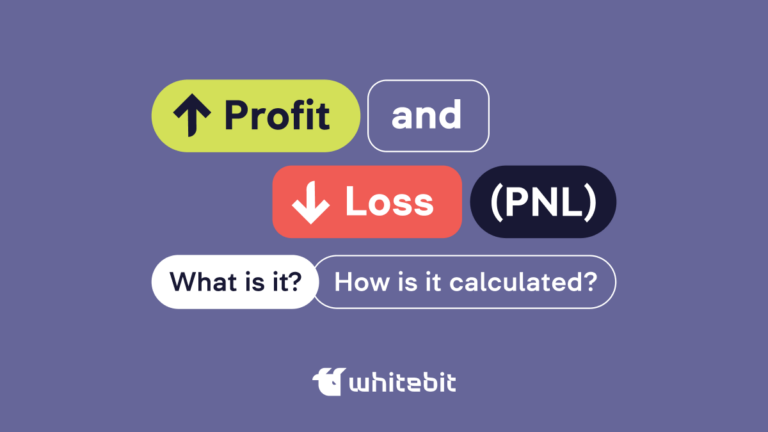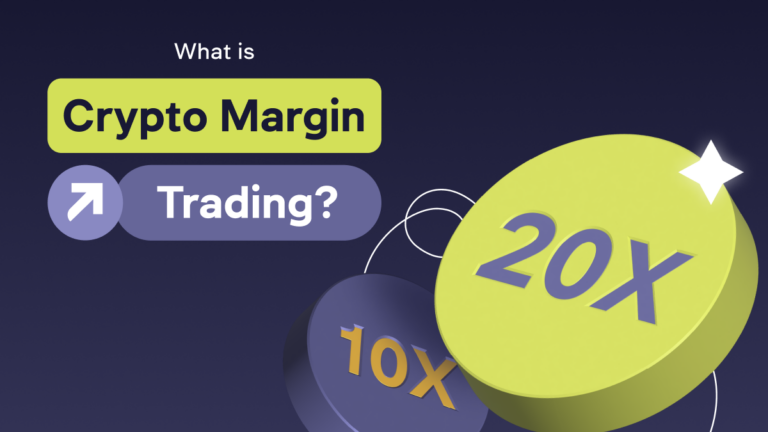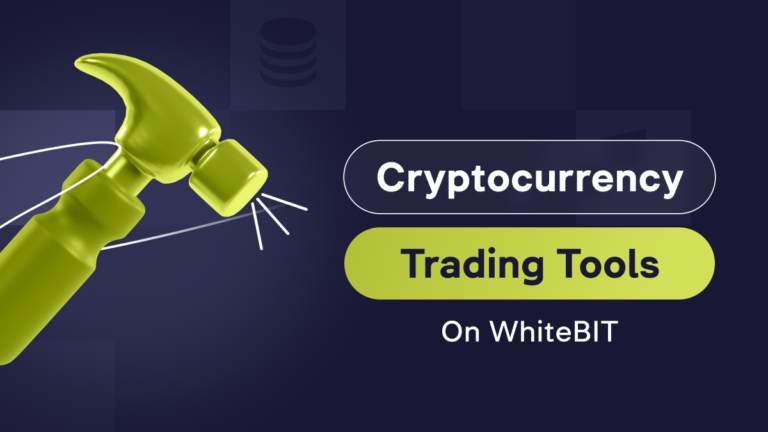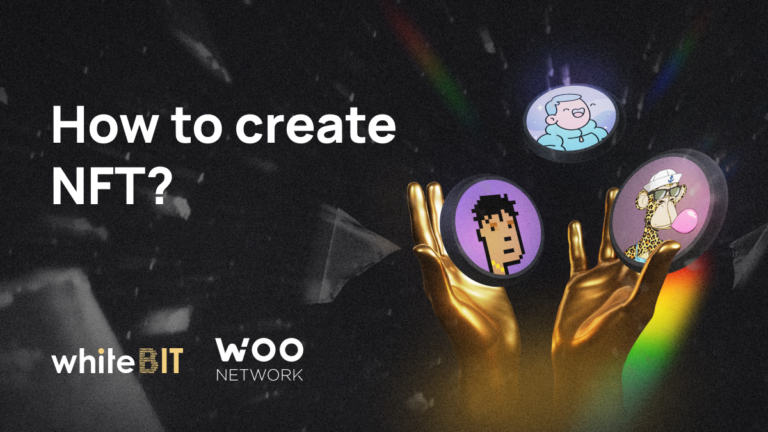Futures Trading on WhiteBIT

Content
Crypto platform WhiteBIT tries to provide traders with comfortable conditions and all the necessary trading tools. One of these tools is perpetual futures contracts, thanks to which you can earn both when the market rises and falls.
Suppose you’re interested in learning more about margin trading. In that case, you should read an article on the subject better to understand the market and the potential risks and rewards.
What is futures trading?
Futures contracts or Futures are derivative financial instruments, contracts to buy or sell an asset in the future at a predetermined price. As with margin trading, stocks, commodities, and cryptocurrencies can act as assets. At the expiration date, the parties must fulfill their obligations regardless of the market price of the purchase at that moment.
Futures are one of the most popular trading tools in the world. The first contracts for digital assets appeared in December 2017 on the Chicago Mercantile Exchange (CME Group). This allowed traders to open Bitcoin (BTC) short positions. BTC contracts have become the most popular instrument among traders, noticeable in daily trading volumes. They are several times higher than spot trading volumes.
Unlike spot and margin trading, when trading futures, a person, not being a direct holder of an asset, can open long or short positions. The essence of futures is to speculate on the price of an asset without owning it.
By trading derivative financial instruments, you can secure yourself if the price of an asset falls and protect your portfolio from high market volatility. For example, miners use the tool by selling futures for the number of available assets if the price of mining becomes unprofitable.
Each contract contains the following information:
- Name, ticker, size, and contract type;
- Expiration date (not applicable to perpetual contracts);
- The underlying asset determines the value;
- Leverage;
- Settlement currency.
How do futures work?
There are standard and perpetual futures. Standard are the ones with a set execution date. They divided into two groups:
The first group implies the delivery of goods at a specified time and a fixed price. This contract is focused on the delivery date with a price fixation. If the seller doesn’t provide the goods to the buyer at the expiration date, the exchange should pose a “fine” to the seller.
For example,
A trader bought a futures contract for 200 shares of company X. The share price is $100 per share on the expiration date. On the execution day, the futures are debited from the trader’s account, and 200 shares of $100 each are credited.
The second group implies a simple settlement without the delivery of the underlying asset. In this case, the exchange or a broker will simply calculate the difference between the contract’s purchase price and its strike price at the expiration date.
For example,
A trader bought a futures contract for 1 BTC at $10 000 for one month. A month later, the asset’s price rose to $12 000. When the agreement is executed, he will receive a benefit of $2,000. If the price drops to $8,000 in a month, the trader will lose $2,000.
Both perpetual and standard futures are widespread in the crypto asset sphere.
What are perpetual futures?
Perpetual futures is the same as classic futures but without an expiration date. People can trade such contracts constantly.
The main profit comes from closing the position and earning on the exchange rate difference between the average entry and exit prices. In addition, the gain in trading perpetual contracts also consists of the payment of the financing rate depending on the asset’s price at the time of its calculation.
Funding rate (funding) is periodic payments to traders with short and long positions based on the difference between the asset’s price in the contract and the asset’s price on the spot market. It is calculated every 8 hours for all open positions.
The financing mechanism allows traders to earn and keep the underlying asset price in the contract close to the market price. When cryptocurrency price rises, users with short positions pay users with long positions. When prices fall, the payments are made vice versa.
For example,
You assume that the price of BTC will fall and open a short position to sell 1 BTC. And the other trader thinks that the asset’s price will grow and sets a long position to buy. Every 8 hours, the exchange will calculate the difference between the contract’s strike price and the asset’s spot price. Traders with open positions will receive or make payouts based on their positions and the asset’s price.
What are the pros and cons of futures trading?
Benefits:
- The ability to create contracts for any asset (cryptocurrency, gold, oil, etc.) and determine its price by yourself;
- Perpetual contracts are traded around the clock, providing more flexibility for traders;
- The minimum threshold for opening positions;
- Opportunity to earn due to using leverage;
- Portfolio diversification and hedging of open positions;
- Opportunity to make in both bear and bull market conditions.
Drawbacks:
- A trader must transfer the asset to the second party at the expiration date at a predetermined price;
- High volatility of cryptocurrencies can lead to the loss of a trader’s funds;
- The costs of securing positions can increase drastically due to using leverage.
Perpetual futures on WhiteBIT
On WhiteBIT, users can trade perpetual futures on the following trading pairs:
- BTC-PERP
- ETH-PERP
- ADA-PERP
- APE-PERP
- ETC-PERP
- SOL-PERP
- AVAX-PERP
- LTC-PERP
- MATIC-PERP
- DOT-PERP
- TRX-PERP
- DOGE-PERP
- XRP-PERP
- TIA-PERP
- ARKM-PERP
- UNI-PERP
- RNDR-PERP
- FIL-PERP
- PIXEL-PERP
- LINK-PERP
- GRT-PERP
- OP-PERP
- TRB-PERP
- ATOM-PERP
- BCH-PERP
- STRK-PERP
- ZET-PERP
- BLUR-PERP
- ARB-PERP
- APE-PERP
- MKR-PERP
- SNX-PERP
- JUP-PERP
- FET-PERP
- NEAR-PERP
- BLZ-PERP
- SUI-PERP
- AXS-PERP
- MANTA-PERP
- XMR-PERP
- APT-PERP
- EOS-PERP
- LOOM-PERP
The available trading contract is USDT-M, meaning that settlements are conducted in USDT.
When you see the inscription “2x, 5x, 10x leverage”, the number next to “x” indicates the ratio of your funds to borrowed funds. So, a 2x leverage means that you trade at a 1:2 ratio. In this case, the exchange provides a loan twice the original amount.
For example,
You have 10 USDT and want to buy BTC. Let’s imagine that 1 BTC = 10,000 USDT. You can buy 0.001 BTC for 10 USDT. Let’s imagine you use 100x leverage and no longer have 10 USDT but 200 USDT. So, you can buy 0.02 BTC.
Benefits of futures trading on WhiteBIT:
1) The fees are lower than on spot and margin trading, 0.035% for takers (those who reduce an exchange’s liquidity) and 0.01% for makers (those who provide the liquidity to an exchange);
2) Adjustable leverage up to 100x;
3) The minimum contract size is 5.05 USDT;
4) WhiteBIT has been audited by Hacken.io, a leading cybersecurity service provider specializing in blockchain technologies. According to its audit and CER.live certification platform, WhiteBIT meets the highest security requirements and is one of the top three exchanges in terms of reliability, with the highest AAA rating in 2022.








